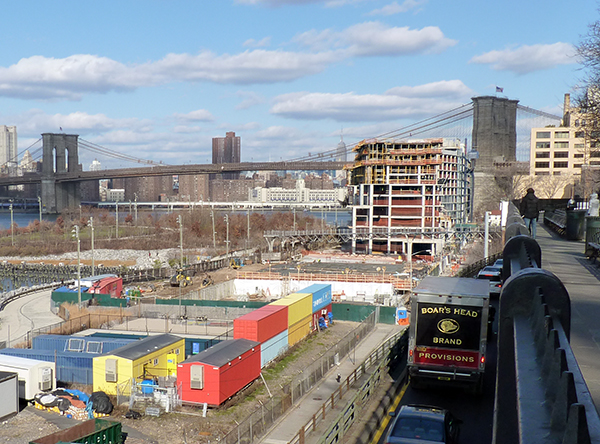Judge: Pierhouse Project in Brooklyn Bridge Park can proceed

State Supreme Court Justice Lawrence Knipel ruled on Friday that construction can proceed on the Pierhouse hotel and condominium complex in Brooklyn Bridge Park.
Justice Knipel wrote that although “the casual passerby is struck with an indelible impression that these buildings . . . are simply too large,” the Brooklyn Bridge Park Corporation (BBPC) is within its legal rights to complete the buildings.
The decision disappointed the preservationist group Save The View Now (STVN), which initiated the lawsuit, and the Brooklyn Heights Association, which was instrumental in reaching an agreement in 2005-2006 which would limit the height of the development.

Brooklyn Heights
View MoreRead the Brooklyn Height's Press and Cobble Hill News. Find out more about Brooklyn Height's History here.